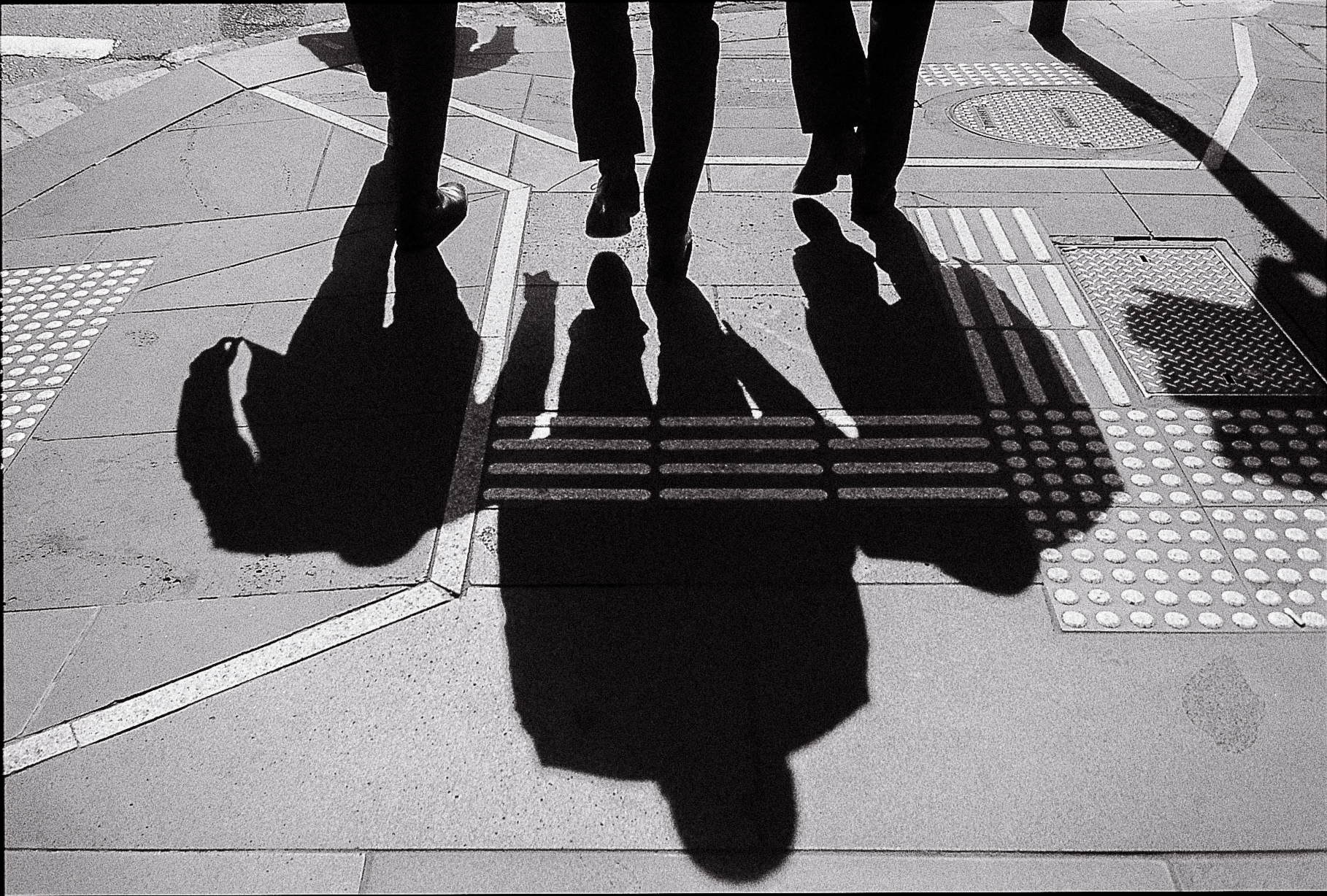FROM WORKWEAR TO THE WORLD - THE BIRTH OF THE BLUE JEAN: AN ESSAY
A series of editorials exploring what progress looks like across different communities.
Words: Olivia
Denim has been around for hundreds of years. In the early 1800s, it was mainly used as a sturdy fabric for labourers and workers. It wasn’t until two visionaries – Jacob Davis and Levi Strauss – saw the potential in traditional work pants, inadvertently turning them into a global sensation and the most iconic piece of apparel the fashion industry has ever seen.
A good pair of jeans is essential to any modern wardrobe. To thank for that, we have to go all the way back to San Francisco in 1873. Jacob Davis, a tailor, was asked to make a pair of work pants for a labourer that were durable and long-lasting. He purchased some fabric from Levi Strauss, who had made a name for himself as a respected businessman. Jacob then found a unique way to strengthen the garment – adding metal rivets at points of strain, including the pocket corners and the base of the button fly. It worked and the pants became an instant hit.

A pair of 19th century Levis discovered in a mine shaft last year sold for $87,000 USD
Of course, this was not denim’s origin. If we follow the fabric, we see it originated from two cities – Genoa, Italy and Nîmes, France. The Genoese navy actually wore denim pants as part of their uniform, as the fabric was sturdy and reliable. By the 17th century, the fabric was critical to the working-class of Northern Italy as well.
Meanwhile, workers in Nîmes endeavoured to produce the fabric too, and what eventually emerged is what we now know as denim: ‘de Nîmes’ = from Nîmes. Similarly, researchers surmise that the word ‘jeans’ also comes from the French word for Genoa, ‘Gênes’. It wasn’t until 1795 that the term started to be used regularly, after brothers Jean-Gabriel and Jacques Eynard started trading ‘bleu de Gênes’ to troops. Up until the late 19th century, nearly all indigo dye for the fabric came from bush plantations in India, until that was replaced by German indigo synthesis methods. It was a truly international enterprise.

Genoese sailors depicted wearing denim fabric trousers
Fast forward back to San Francisco; Jacob decided to take a patent out on the rivet process and asked Levi to join him. After experimenting with different fabrics, both Jacob and Levi settled on denim. And so, on 20th May 1873, the blue jean as we know it was born.
It’s actually unusual for a piece of ubiquitous clothing like jeans to have such a neatly traced provenance. Almost another 100 years would pass seeing jeans simply exist as a functional piece of workwear before becoming a legitimised piece of the fashion lexicon. In post-war America in the 1950s, youth rebellion saw young actors such as James Dean and Marlon Brando don denim as a kind of anti-establishment statement. Pretty quickly, everyone realised that they looked fucking cool while they were doing it, and the rest is more or less history.

James Dean is attributed by many as the pioneer of wearing jeans as a fashion statement
Today, jeans are a quintessential piece of fashion. When it’s all said and done, we’ve got a businessman, a tailor, a bit of thread and metal and a century of social upheaval to thank for it.








